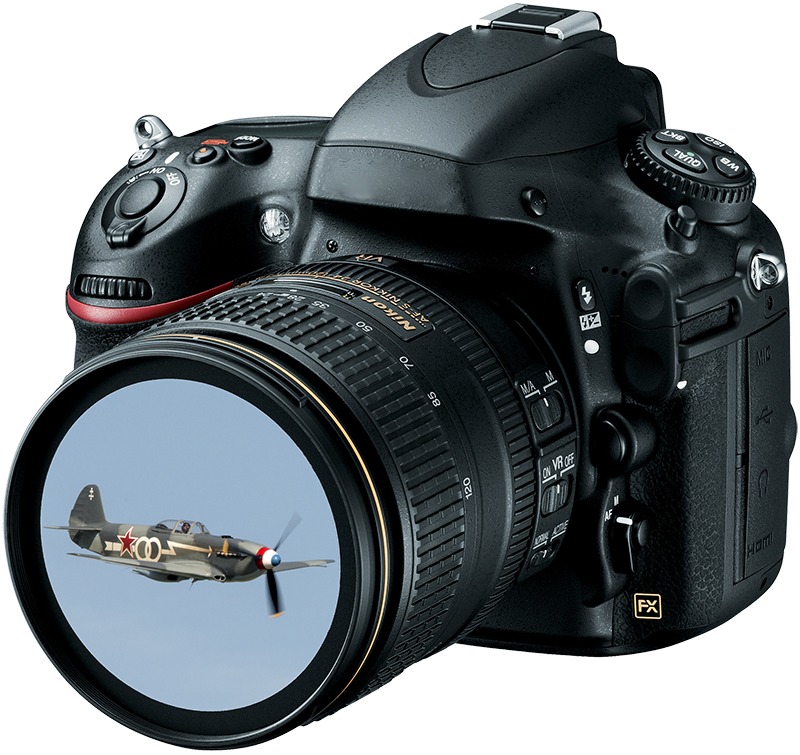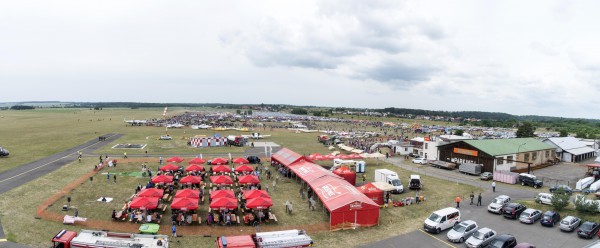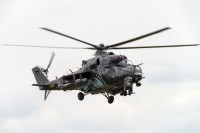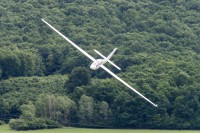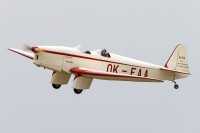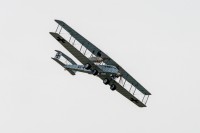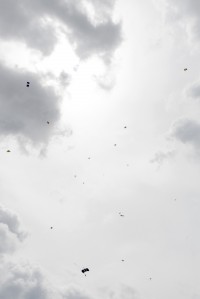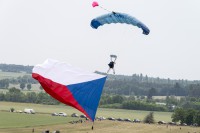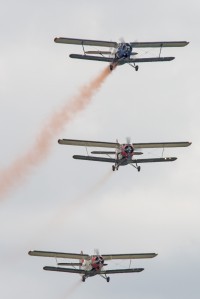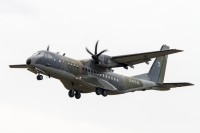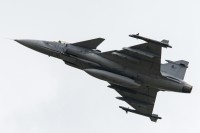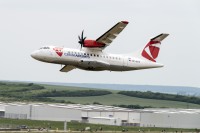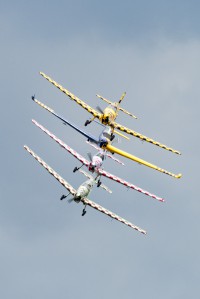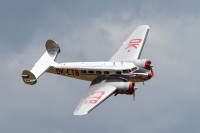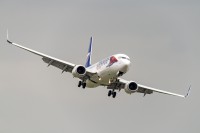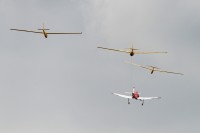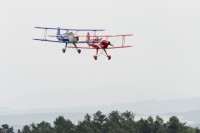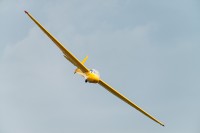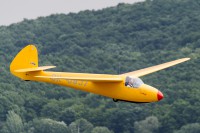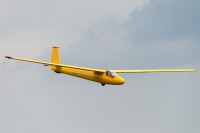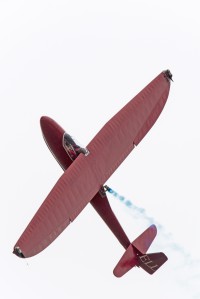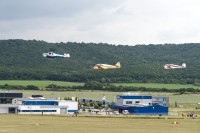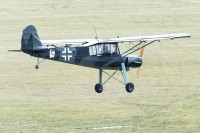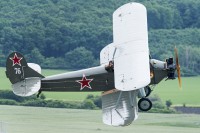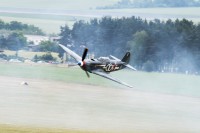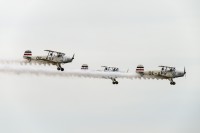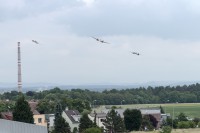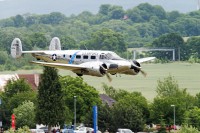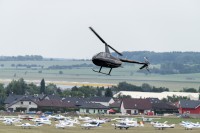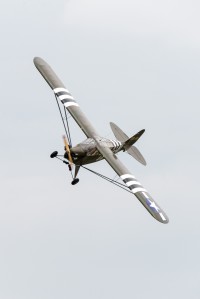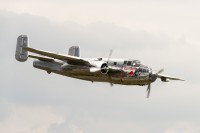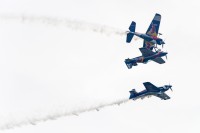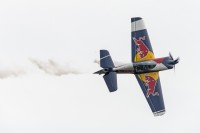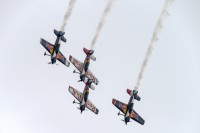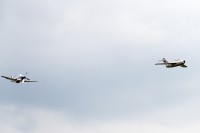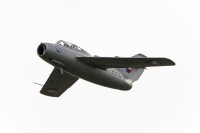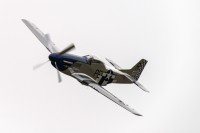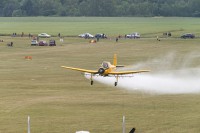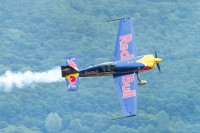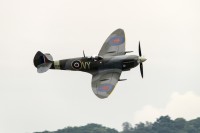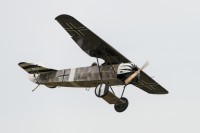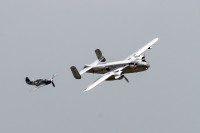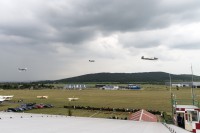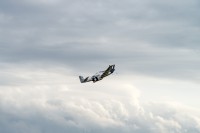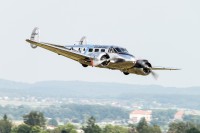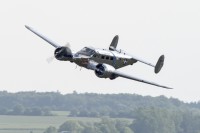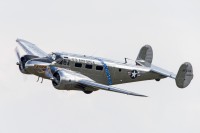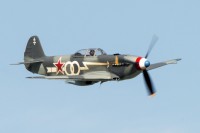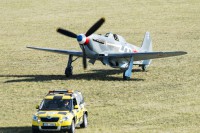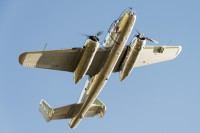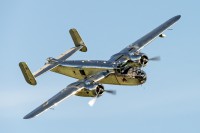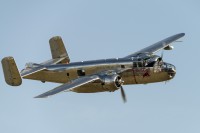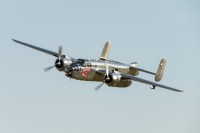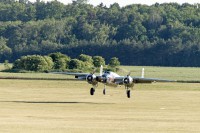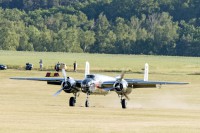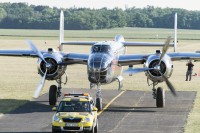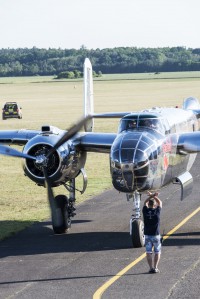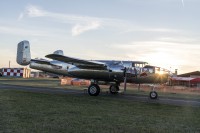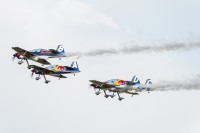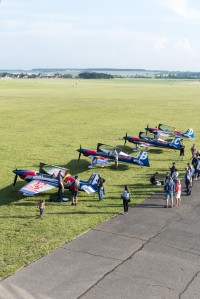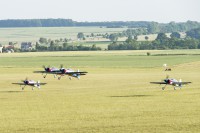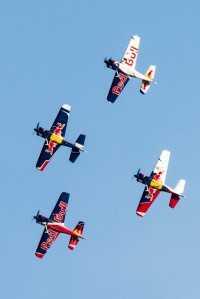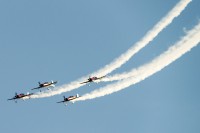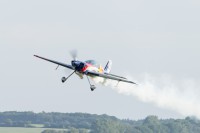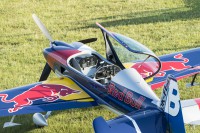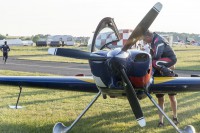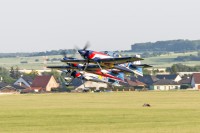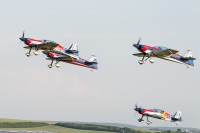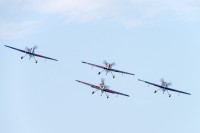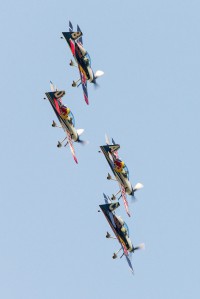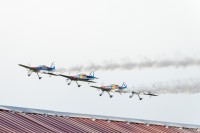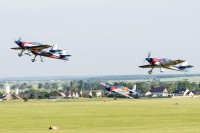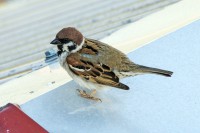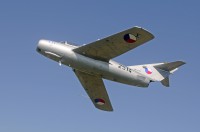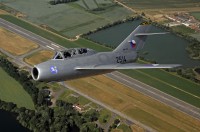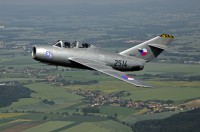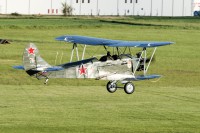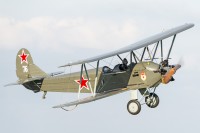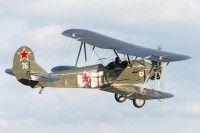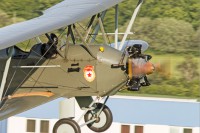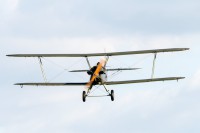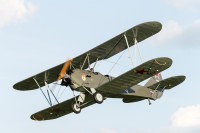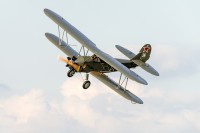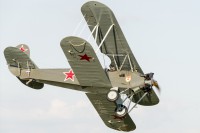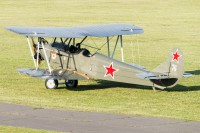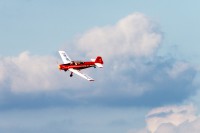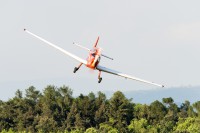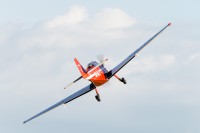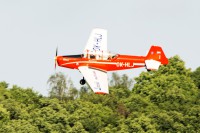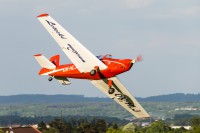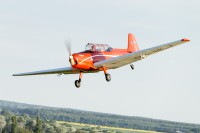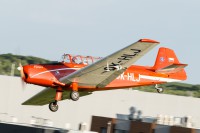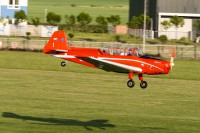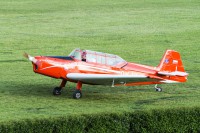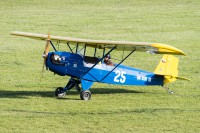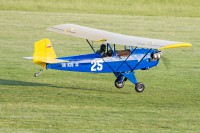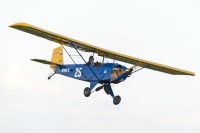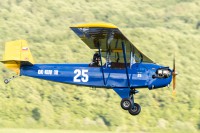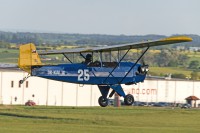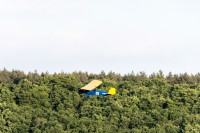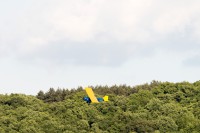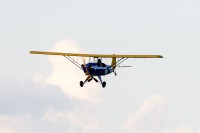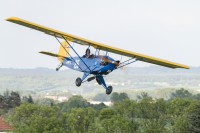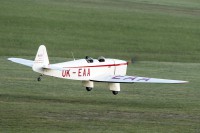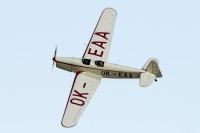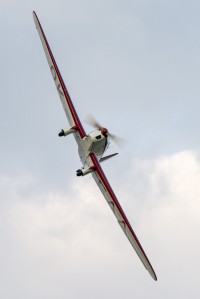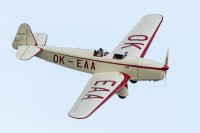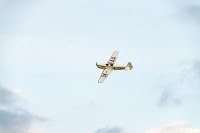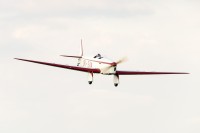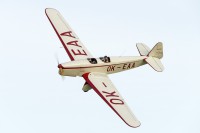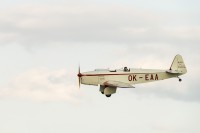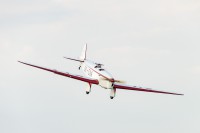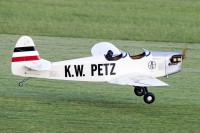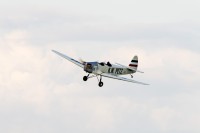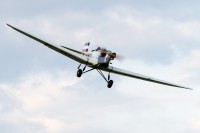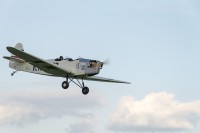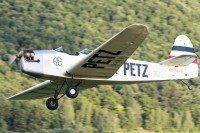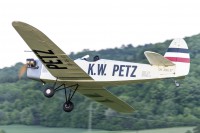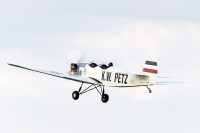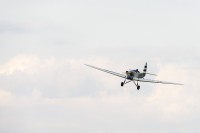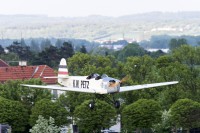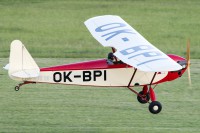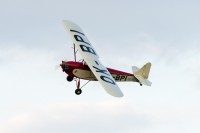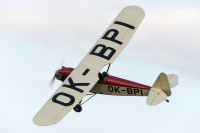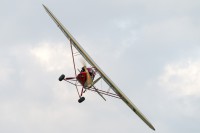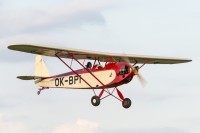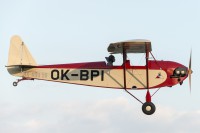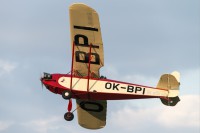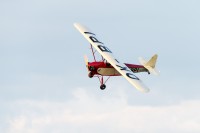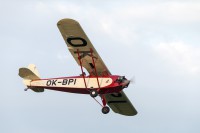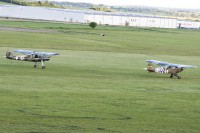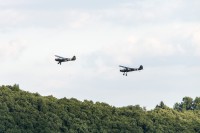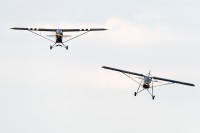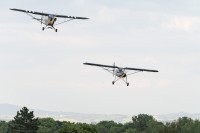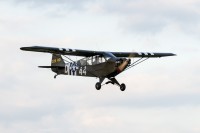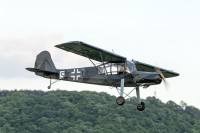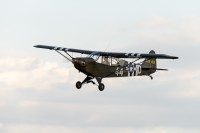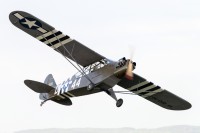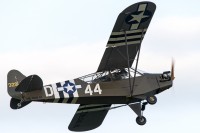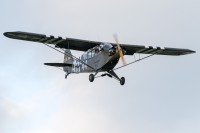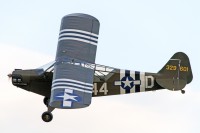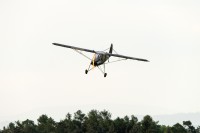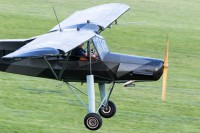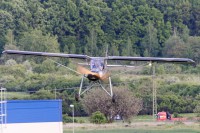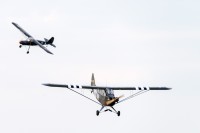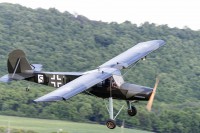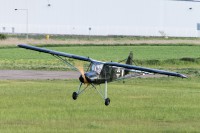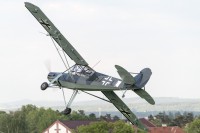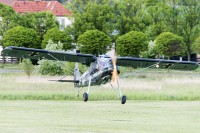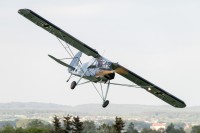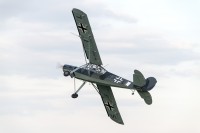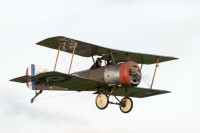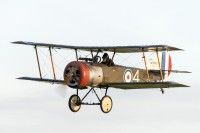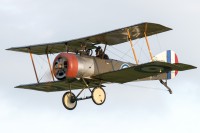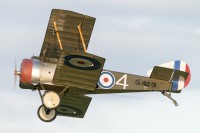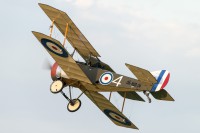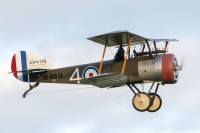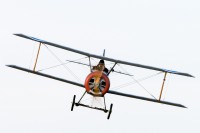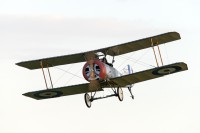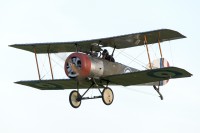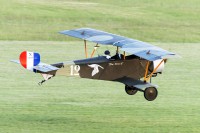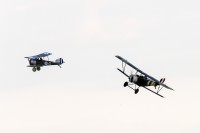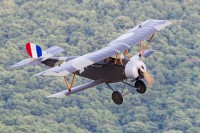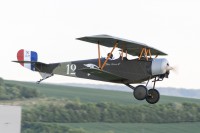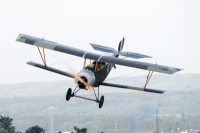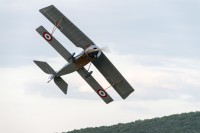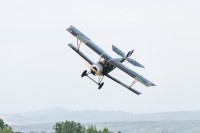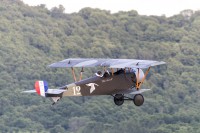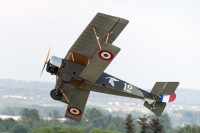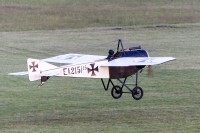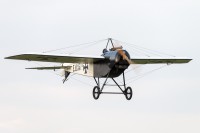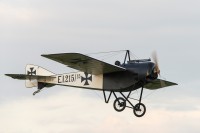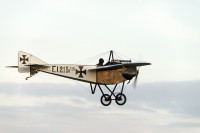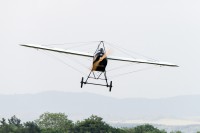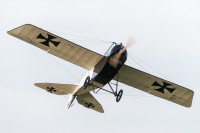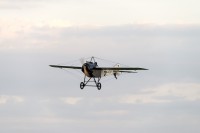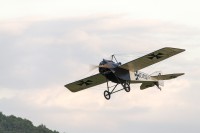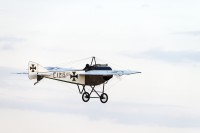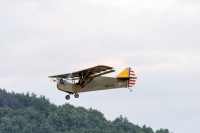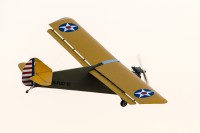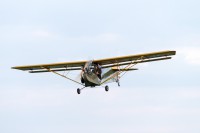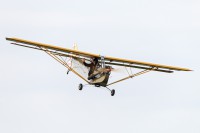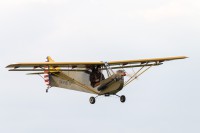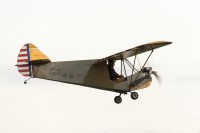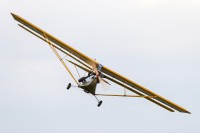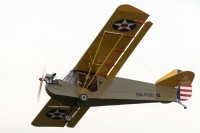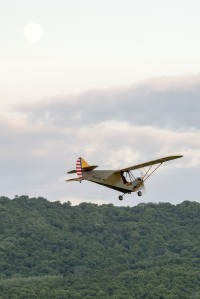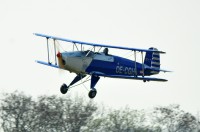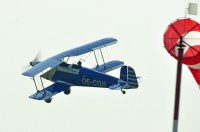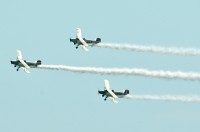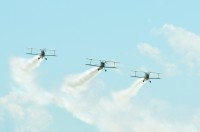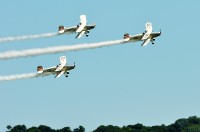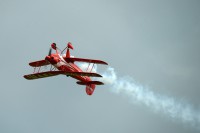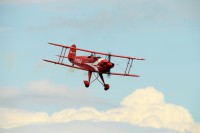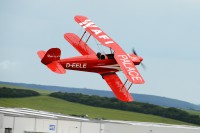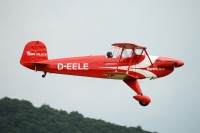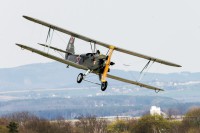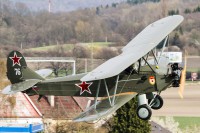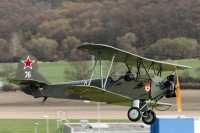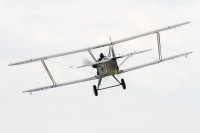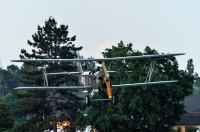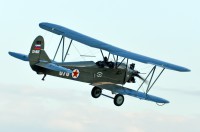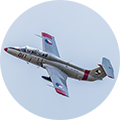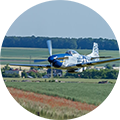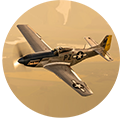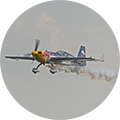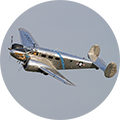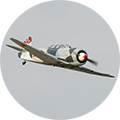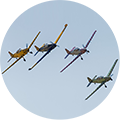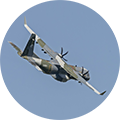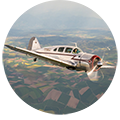Thanks to all
First home :-)
It remains a few days only
The Flying Bulls
New machines, new team, certainly have something to look forward to.
MIG 15 UTI CZECH FLYING LEGENDS
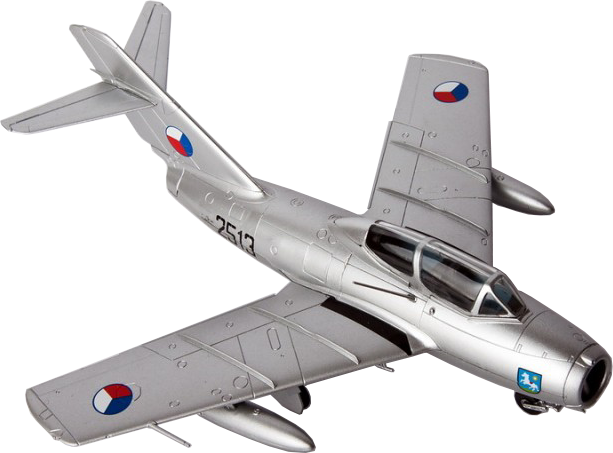
Our airworthy MIG 15 was originally produced for training flights in Aero Vodochody under the licence code CS-102. This legendary two-seated jet aircraft is equipped with the engine VK-1. Even today MIG-15 can surprise experts by its astonishing features of flying. The aircraft is endowed with the Czech camouflage known under the name of 30th SBOLP, so-called “ostravsky” with a characteristic sign on the forepart. It is based at the airport in Hradec Králové, where this particular MIG had flown until 1983 with the registration number 2514.
Specifications
Serial No: 242266 | Crew: 2 | Length: 10.08 m | Wingspan: 10.10 m | Height: 3.7 m | Wing area: 20.60 m2 | Empty weight: 3681 kg | Gross weight: 5069 kg | Max takeoff weight: 6038 kg | Powerplant: 1 × Klimov VK-1 centrifugal flow turbojet, 26.5 kN thrust | Maximum speed: 1076 km/h at sea level | Service ceiling: 15500 m | Rate of climb: 46 m/s at sea level | Time to altitude 5000 m: in 2 minutes | Time to altitude 10000 m: in 5.2 minutes | Wing loading: 240.8 kg/m2 | Range: 565 km | Max. Range with drop tanks: 1860 kmHistory of our aircraft:
MIG 15UTI with serial number 242266 was produced in Aero Vodochody under the licence code CS-102 in 1955. The aircraft was equipped with the RD-45 enging. The first test flight occurred at the same place on 22/4/1955 by two professional pilots Vlastimil David and Antonin Bartos. On 17/6/1955, shortly after the test flight, the aircraft was exported to Poland. It served the Polish air force at 61 LPSzB based in Biaia Podlaska as a training aircraft (under the licence code SB Lim 2 with registration 2266) until 22/11/1990. During its service many excellent pilots had a chance to sit in the cockpit of this legend including the first Polish astronaut MirosIaw Hermaszewski. Later on, the new type of engine called VK-1 replaced the old one. It was modernized in order to be high-performance. After completing military service, the aircraft was stored and eventually conserved.
In 1994, an American businessman, Tom Smith, bought this MIG 15 and arranged transport to California. The aircraft was registered under the licence N-41125 two years later. It has been newly based at the airport in Paso Robles CA ever since, so as to be presented to visitors of Estrella Warbird Museum of Paso Robles and at various air shows across the USA.
In 2013, the aircraft was purchased and brought by the company Czech Flying Legends to the Czech Republic. Many of us may see this positive transfer as a return of the legend back to the „Czech sky“. The MIG 15 has got a particular camouflage in Czech colours and carries the number 2514 on its body. Back then the same number was owned by MIG 15UTI from 30th SBOLP (Fighter bomber unit) operating in Hradec Králové until 1982. The former carries a characteristic sign of the city of Ostrava on its forepart, exactly as the original MIG did. There is only one difference between the two MIGs. Our MIG has „tiger“ colours on the upperpart of the tail to express the cooperation with NATO Tiger Association.
On Friday, May 20 Museum Nights Festival 2016
Polikarpov Po-2
Zlín Z-126
Pietenpol Air Camper
BE-50 BETA MINOR
Klemm 25 H
PB-6 Racek
Piper Cub (L-4H) a Fi 156 Storch
Sopwith Pup
Nieuport XII
Pfalz E.I
Aeronca C2
This time little memory of last AirShow
History that not be over
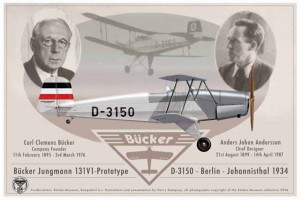
Bücker Bü 131 Jungmann, “Stradivarius of light Aircraft“
Bücker Bü 131 Jungmann was a German two-seater biplane trainer aerobatic plane. Aircraft designed designer of Swedish origin Andersen J. Anderson was powered inline four-cylinder Hirth engine with an output of 80 to 105 Hp. The first flight was conducted May 27, 1934. It was a very successful model, which became in Germany a trainer aircraft of the Luftwaffe, his business success, however, won abroad. His license was bought Czechoslovakia, Spain, Hungary, Japan, Switzerland and in addition were exported to many other countries. In Czechoslovakia, acquired the license in 1935, the company Tatra Koprivnice aircraft received designation Tatra T-131. During the occupation by Nazi Germany the production of Tatra, after completion of 35 units completed. In the spring of 1939 transferred to the factory Aero Vodochody.After the Second World War, it was decided to continue production. Hirth engine has been replaced by domestic four cylinder engine Walter Minor 4-III and the aircraft were identified as Aero C-104. They were made in the years 1946 – 1949 for a total of 260 pieces.
Production Bücker Bü 131 Jungmann license and continues today in the company’s Historical Aircraft Services Karasiewicz in Poland. It was here in 1994, restored according to the original pre-war licensing documentation Tatra T-131.
The aircraft has excellent flight characteristics and belongs at pilots worldwide the absolutely most popular types of historical airplanes. The overall balance of flight characteristics and precise control response earned him a well-deserved nickname “The Stradivarius of Light Aircraft“
The youngest of three historic gliders
_
_
VT-16 Orlík
The high-performance laminar sailplane Standard 15 first flew in August 1956. After several modifications it was put into a serial production as VT 16 Orlík. The glider was originally designed by Ing. Jiří Matějíček for the gliding centre in Medlánky where they produced two prototypes and the serial production was handed over to the Orličan company in Choceň.. The Orlík fully replaced the ageing Šohaj glider and in relatively short time it became a standard single seat glider serving Czech gliding clubs.VT-116 Orlík II
The aircraft was established in 1963 as a replacement for the older VT-16th He got a completely new fuselage with a smaller front face and the chevron vertical tail. With less angle of the wing to the fuselage with improved performance at higher speeds. The introduction of the VT 116 resulted in a greatly improved sport performance in competitions. VT 116 Orlík II is a single seat laminar high-wing monoplane of all-wood construction. Trapezoidal wing is between the ribs filled with polystyrene foam, covered with ply and equipped with flaps. Fuselage is a single-shell construction and the cockpit is covered with a hinged single sheet of organic glass. The hinged elevator is fitted with stabilising tab. Undercarriage: a fixed tail wheel and a covered tail skid. The aircraft has a wingspan of 16 m, it is 7.4 m long and it has a take-off weight of 345 kg. Its maximum speed was 220km/h now is restricted to 160km/h and the minimum speed is 62 km/h. Altogether about 300 aircrafts were produced. After 1989 they were often restored and about 60 of them are still flying today.Next legend of WWII Polikarpov Po-2 “KUKURUZNIK”
Maize Cutter and “Night Witches’ Aircraft”
History of the aircraft
The prototype of the U-2 biplane, which was later to become the legendary plane of the Soviet Air Force, was designed in the design office of Nikolai Nikolayevich Polikarpov in 1927. With over 40,000 PO-2s, it is probably the most produced aircraft in the world. The two seat biplane, which was produced from the beginning of 1928, was used in the civil aviation and the air force by the new generation of Soviet pilots. The plane was powered by The Shvetsov M-11 engine with power output of 100–115 hp.
In the World War II it served as the training, liaison, staff, transport, ambulance, bomber and reconnaissance aircraft. Because of its quiet, rattling engine the Germans called it Sewing machine (Nähmaschine). Soviets called it Kukuriznik (Maize Cutter). Because of its quiet sounding engine the plane was used for various purposes such as air lifting supplies to partisan’s units in the night, transporting wounded soldiers, directing gun fire from the plane and night bombing raids. The plane was made most famous probably by the 46th Aviation Regiment composed by female pilots which took part in the night raids on the German army positions. Germans called this female units “Night Witches” (Nachthexen) which the female members of the regiment accepted and started using themselves. The plane was continuously improved and in 1944 it was renamed Po-2 in the memory of the designer Polikarpov who tragically died. After the war it was produced under licence in Poland. The production in the Soviet Union ended in 1953. The Kukuruznik was also used by the 1st Czechoslovak Army Corps and after the war it was used with designation K-62 by the Czechoslovak Air Force. Several Po-2s were used by the Svazarm aero clubs until the late 1960s.
–
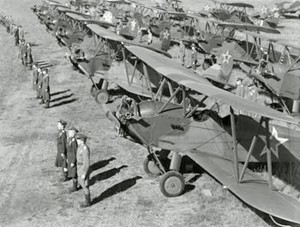
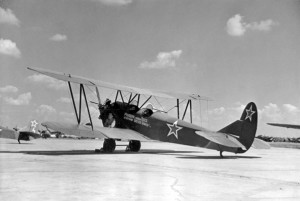
–
The flying specimen
The plane was produced in the Soviet Union in 1937 with the serial number 0076. During the World War II it was used by the Red Army and after the war in 1945 it was presented to the Yugoslav Army together with about 80 other aircrafts.
During the service in Yugoslav Army when the plane was flying with the registration mark YU-CWJ, the radial five-cylinder Shvetsov M-11 engine was replaced with the Czech inverted in-line six-cylinder Walter Minor 6-III engine with power output of 160 hp. In this configuration the Army handed over the plane in 1967 to the Koroški Aero Club Slovenj Gradec. There the plane continued flying with the registration mark YU-CMY until 1975 when as a non-operational plane it was stored in the hangar.
The full sensitive and careful reconstruction and the installation of the new Shvetsov M-11FR engine with power output of 160 hp was carried out in the Koroški Aero Club Slovenj Gradec in 2004 -2005. The aircraft was again given the mark of the Yugoslav Army, the registration mark S5-MAY and in May 2005 it was successfully trimmed in flight. Until May 2014 the plane was flying in airshows piloted by Alojz Tretjak who, as a sponsor, was taking great care of the aircraft.
In May 2014 we were able to acquire this aircrafts and flew it over the Slovenian and Austrian Alps to its new station in Mladá Boleslav. Here the plane was first presented at the 10th Traditional Airshow in June 2014 and was received with great acclaim. The installation of new original tyres, general renovation works after ten years of flying and restoration of the plane’s original Russian registration mark was carried out in winter 2014-2015 in the Metoděj Vlach’s Aircraft Museum which is now the permanent home for the aircraft.

